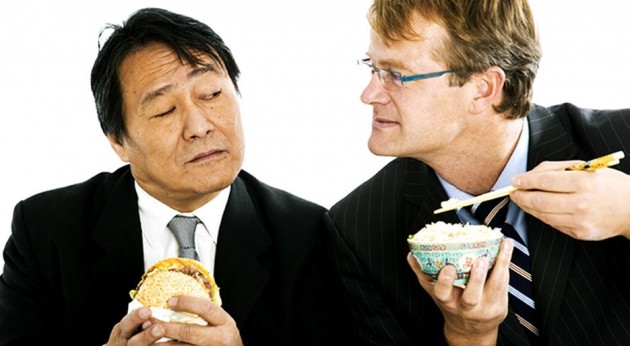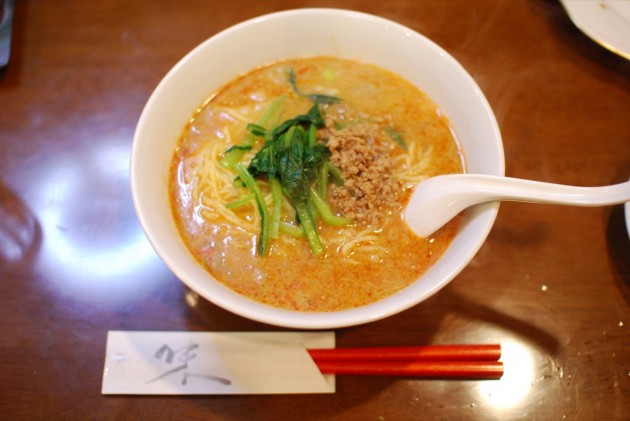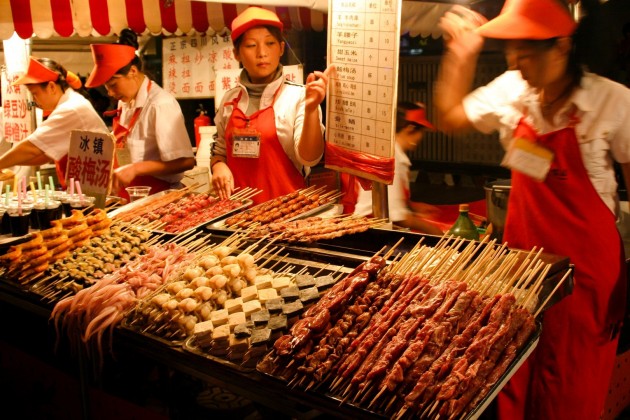The Business Lunch: China’s Most Popular Dishes and Mealtime Etiquette
If you are in any way involved with international business or exchange, chances are you will find yourself dealing with Chinese associates at some point, or even flown over to China on a business exchange. Should this happen, you will almost certainly find yourself talking shop over a business lunch in Beijing or Shanghai. However, as with all of Chinese culture, there is a very strict set of etiquette and taboos around dining, which you would be wise to remember during your trip.
1. First of all, it is imperative that you keep in mind the notion of filial piety, which is the cornerstone of ethics and correct behavior in China. That is, the utmost respect and precedence must be given to senior members of the board who are eating with you. They must have the best seat, the best food, and the best drink. When performing a toast, always be sure to clink lower on your senior colleagues’ glasses than they clink on yours to demonstrate humility.
2. Chopsticks represent civility in Chinese culture, so if you are able to eat with them, do (there is no shame in asking for a fork and knife, however, and most restaurants should be able to accommodate you). Keep in mind a few chopstick taboos: do not hit your bowl or head with them or suck on the ends, as this is considered uncouth. And never stick them up vertically in your bowl of food, as this is an omen of death.
3. Tea is a very popular drink in China, so you can be sure that your teacup will be topped up many times by your host or waiter over the course of the meal. Always thank them when they do so, either by saying xiè-xiè or by tapping your fingers on the table, a common code of gratitude when given more tea.
4. Don’t assume that you are familiar with Chinese food just because you’ve eaten the western version of it. The way they are actually served in China can be very different. It is common for a meal to have many different courses, which you will share with your colleagues at a round table with a Lazy Susan. Dishes are healthy and flavorsome, and will always come with plenty of vegetable courses. Gong Bao chicken is a popular Sichuan dish made with diced chicken, dried chili, and peanuts —delicious, but quite spicy. Ma Po Tofu is a stir-fry dish of tofu mixed with ground beef and seasoned with spring onions and red pepper. Chow Mein is also as popular in China as it is elsewhere: fried noodles tossed with meat or chicken, onions, and celery for flavor.
5. China is not big on desserts, so any sort of palate cleanser you will get after lunch or dinner will most likely be small: sliced apples or tomatoes, or something similar. Fortune cookies, of course, are unheard of.
Now that your taste buds are salivating, give your brain some food for thought! The best way to delve into China’s business world is to adequately prepare yourself with a few language courses. Send Language Trainers an inquiry to explore our different Chinese course offerings, or take our free online Mandarin Chinese language level test to see how good YOUR Chinese is! Happy eating.



